
PhenoVue Fluor 647 - Live Cell Tubulin Stain
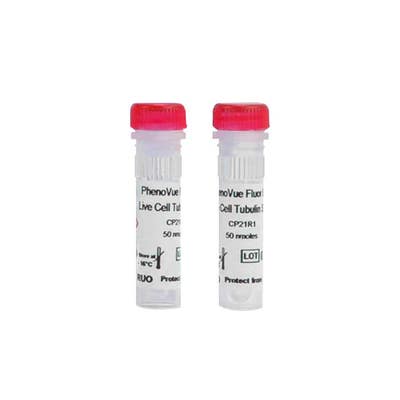
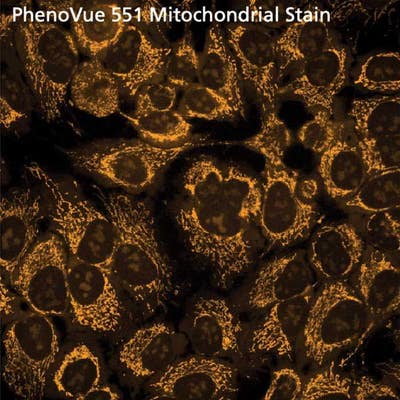
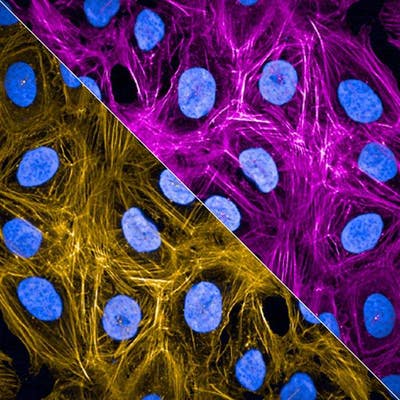 View All
View All
PhenoVue Fluor 647 - Live Cell Tubulin Stain
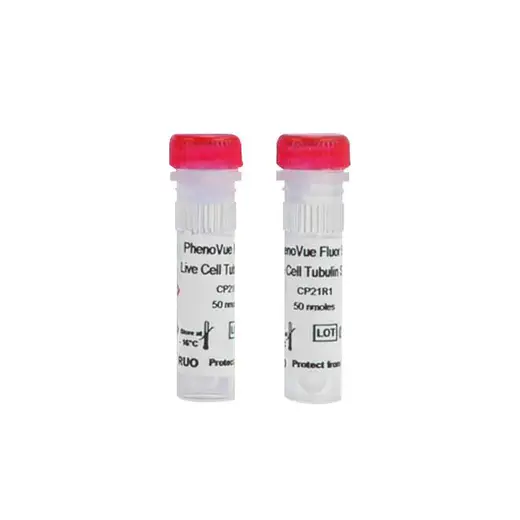
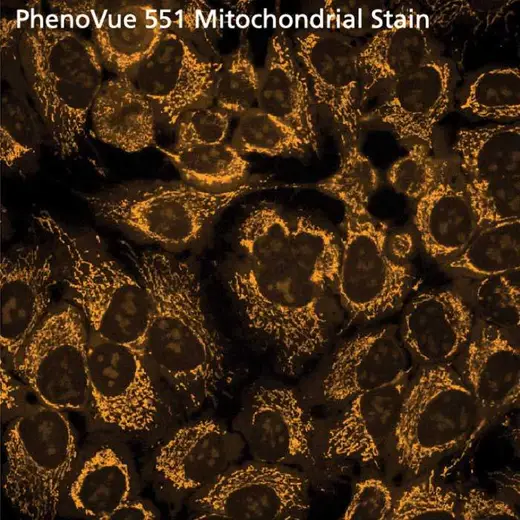
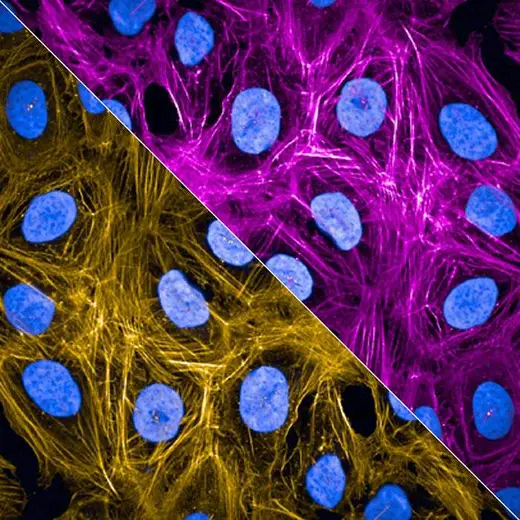
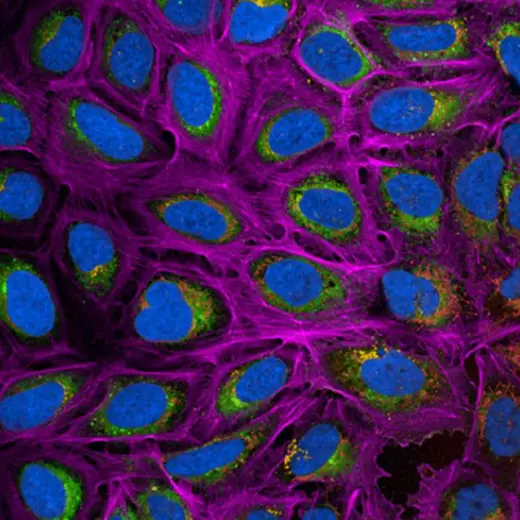
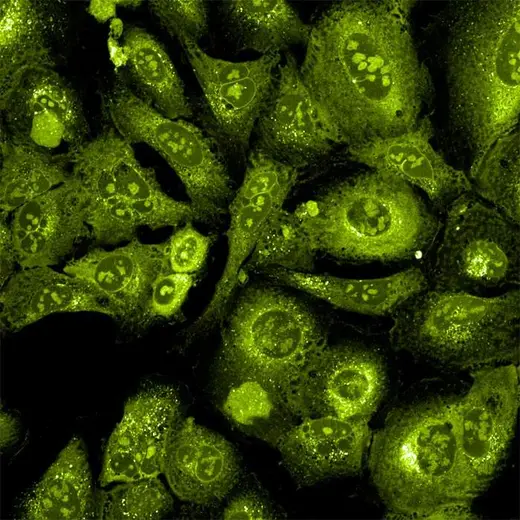
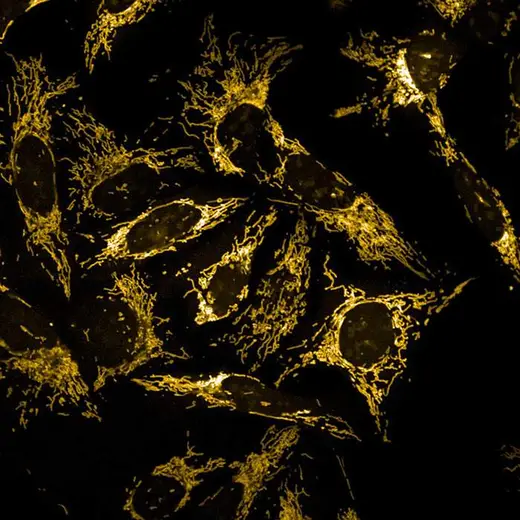
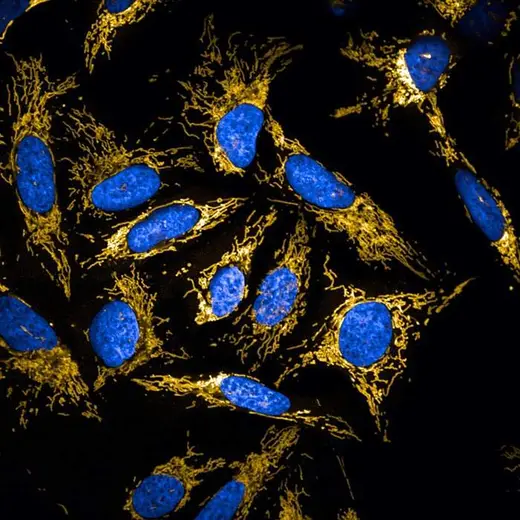
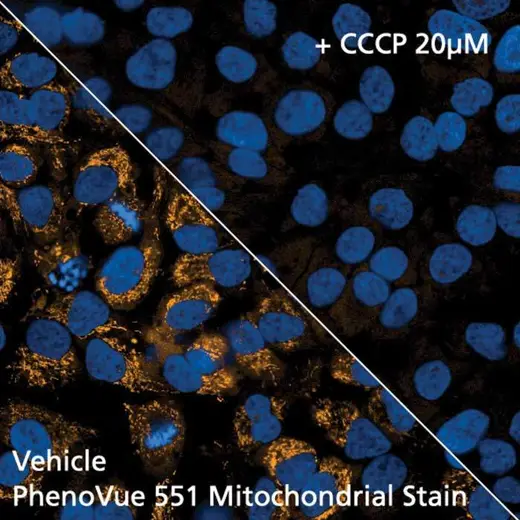
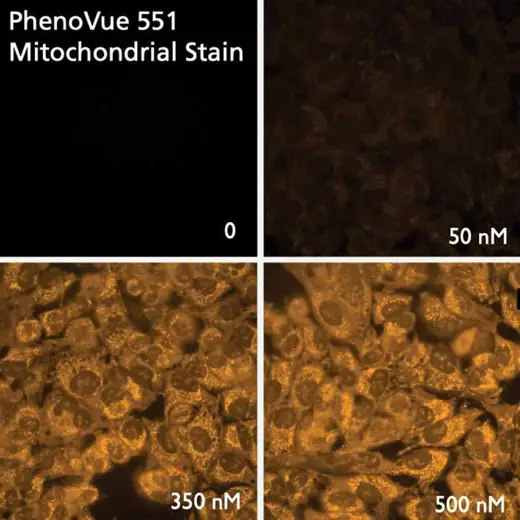
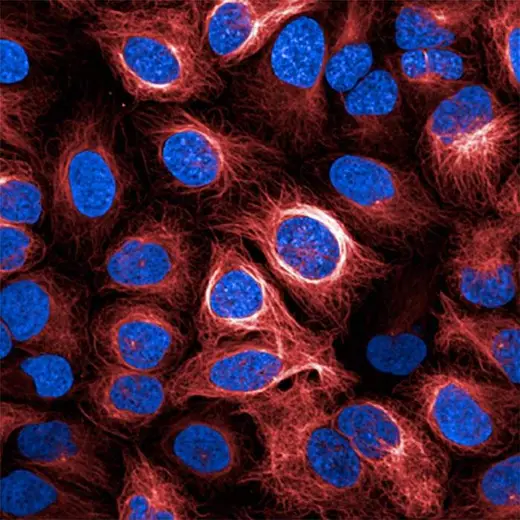
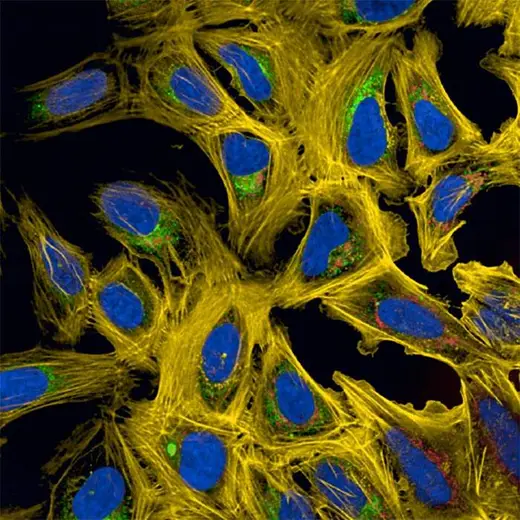
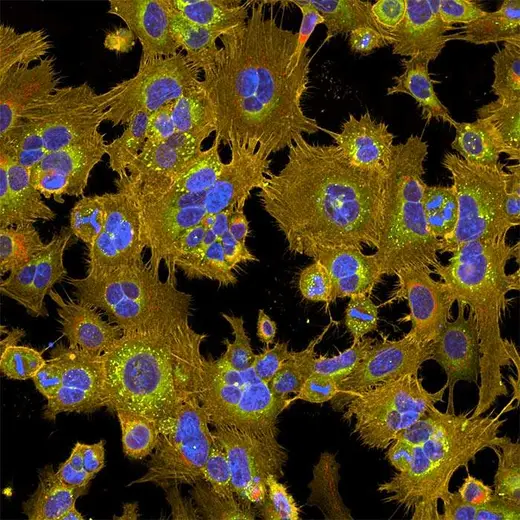
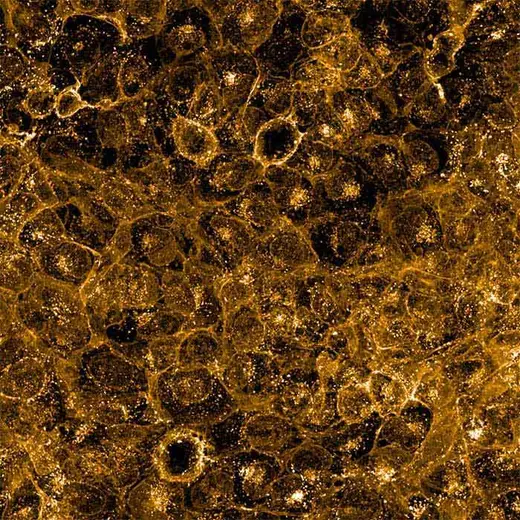
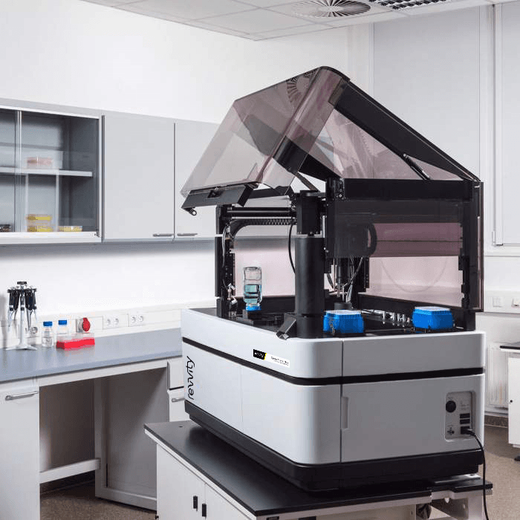
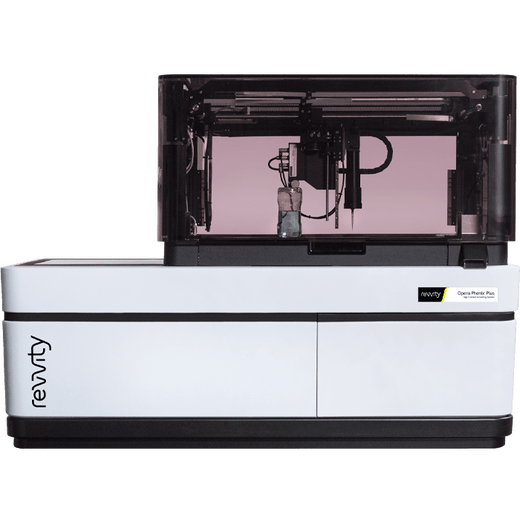
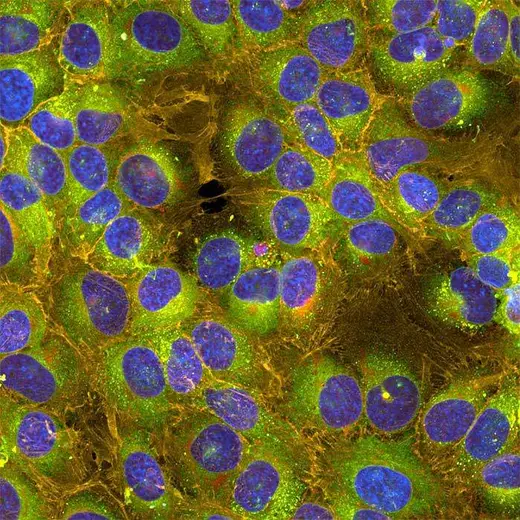
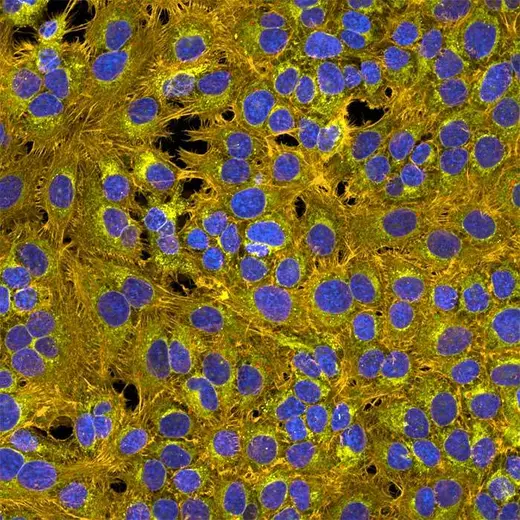
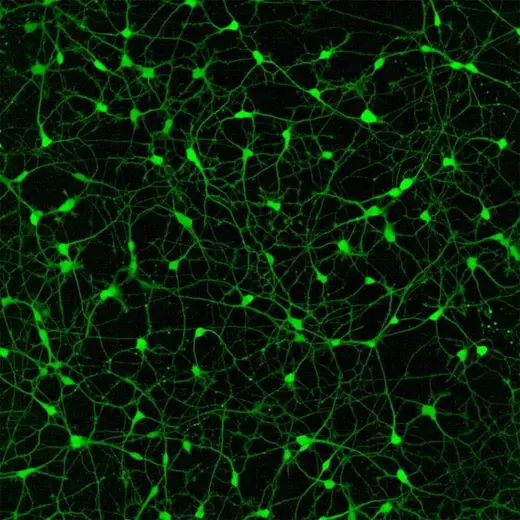
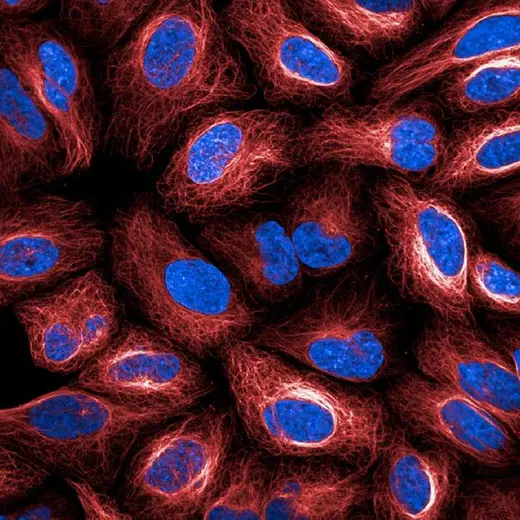
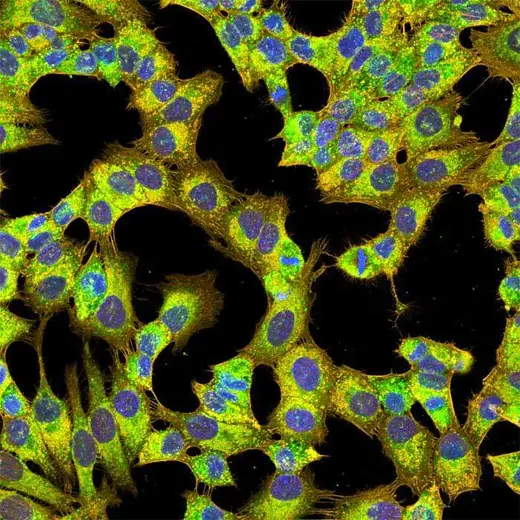
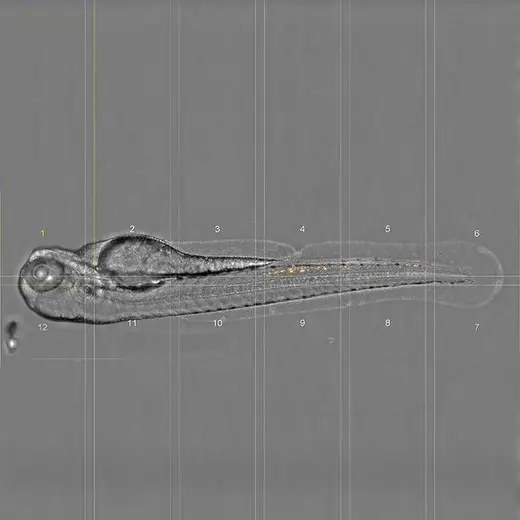
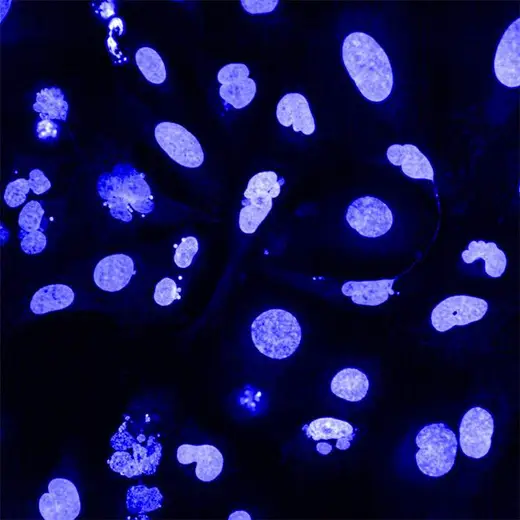
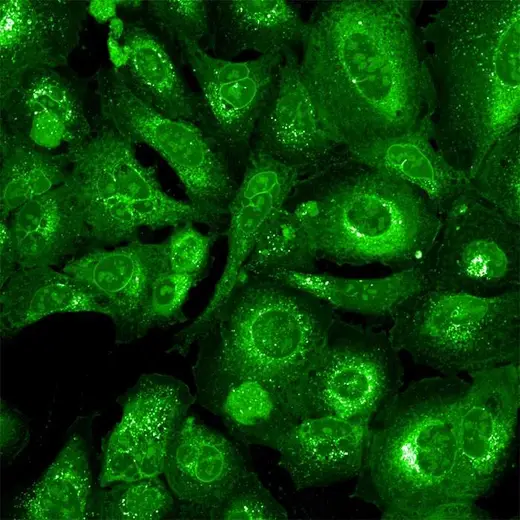
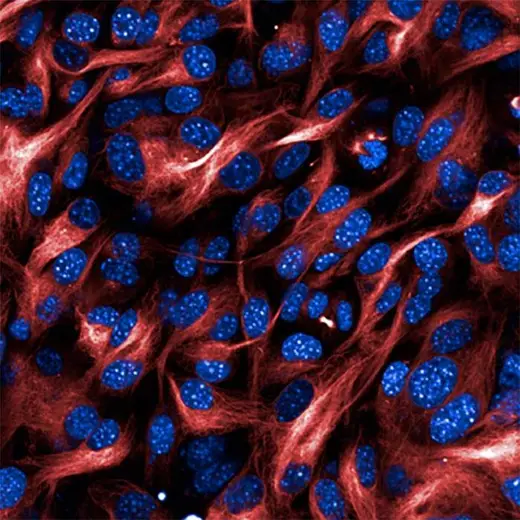
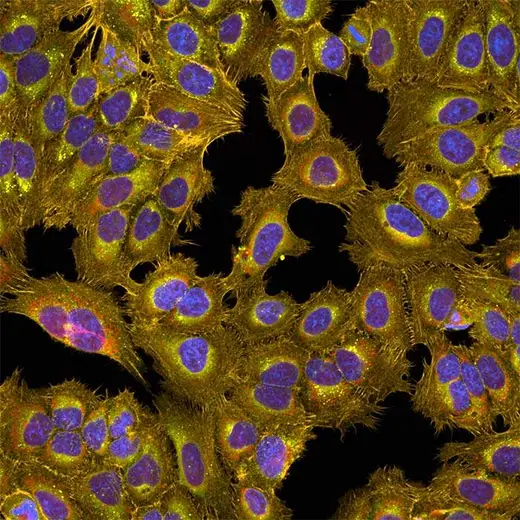
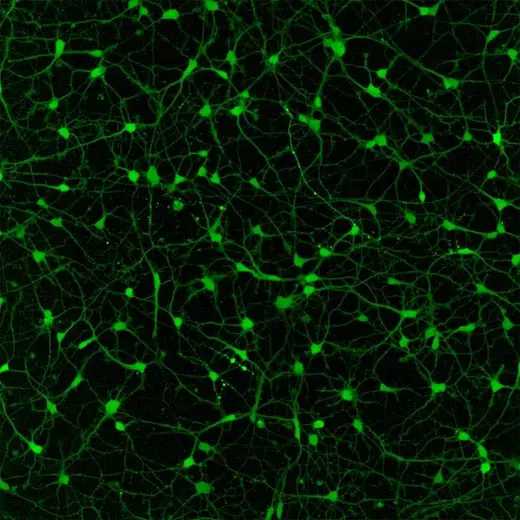
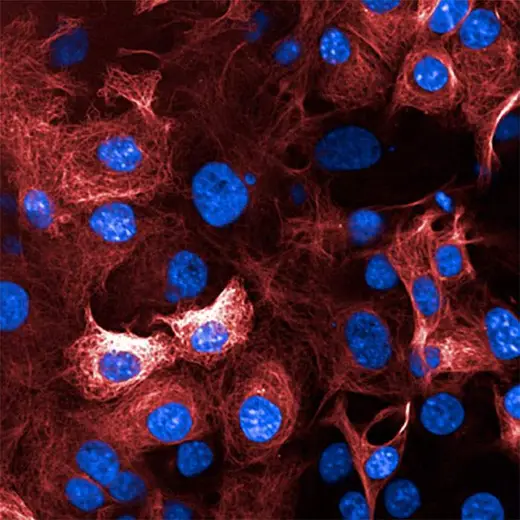
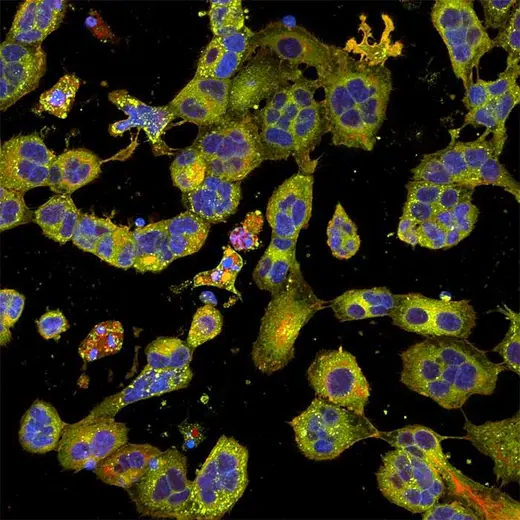
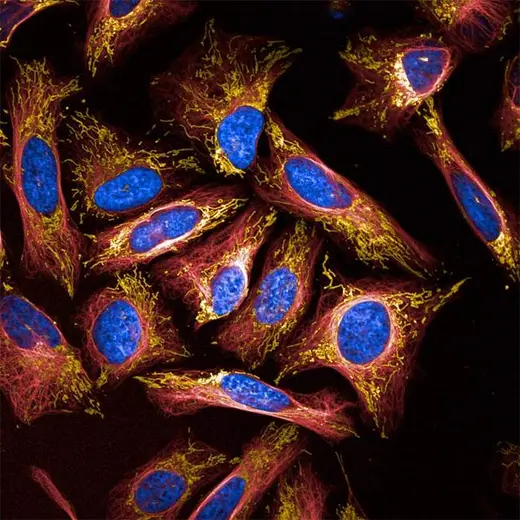
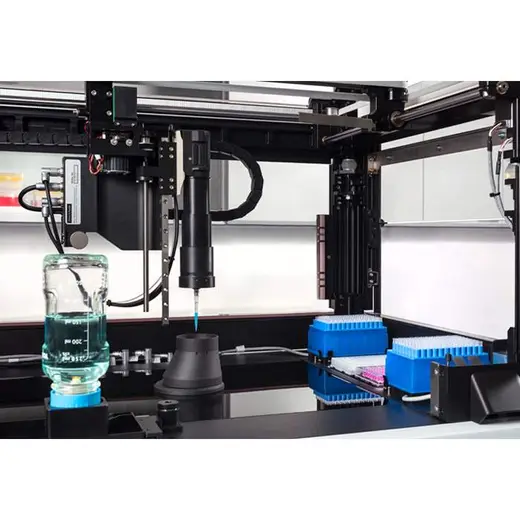
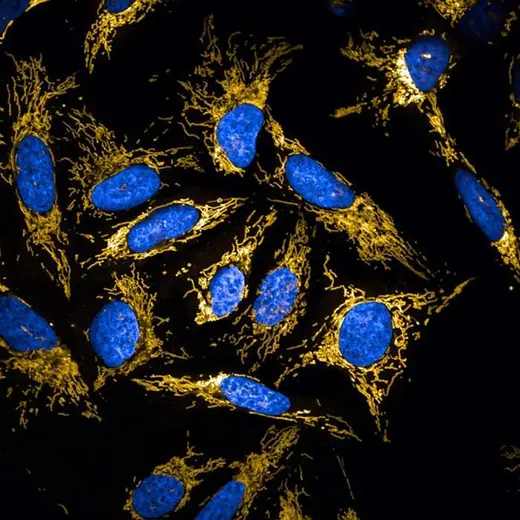
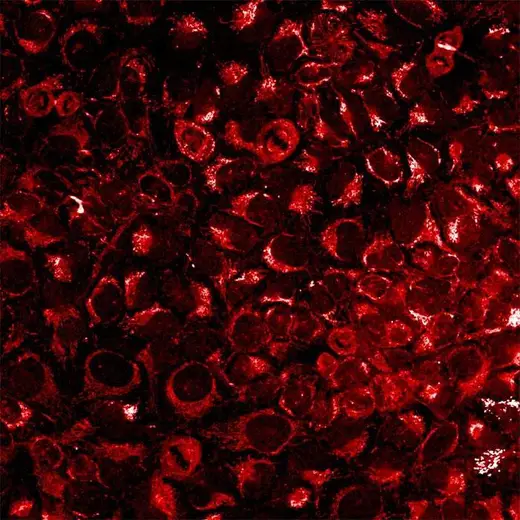
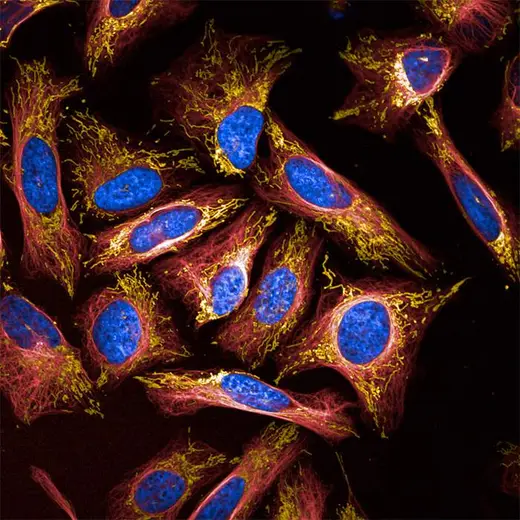
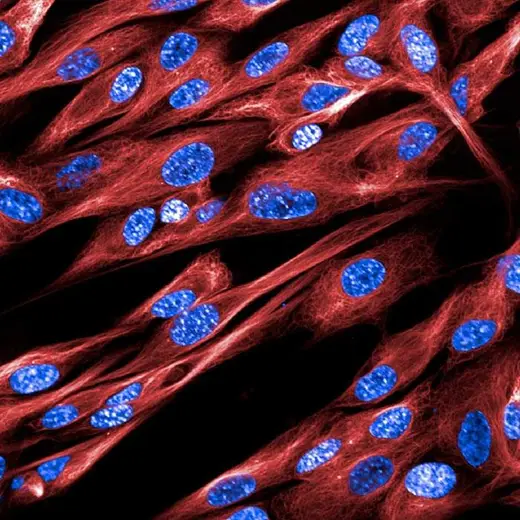
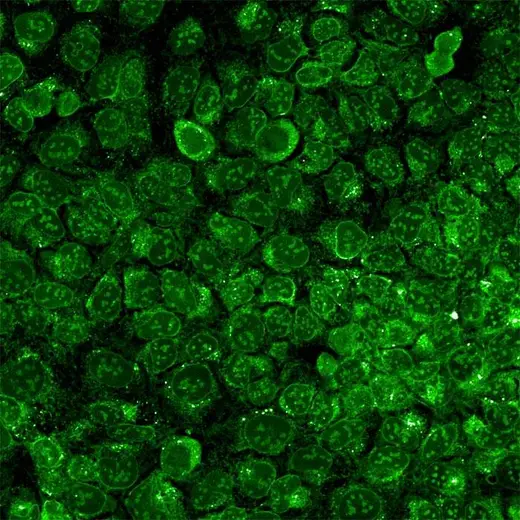
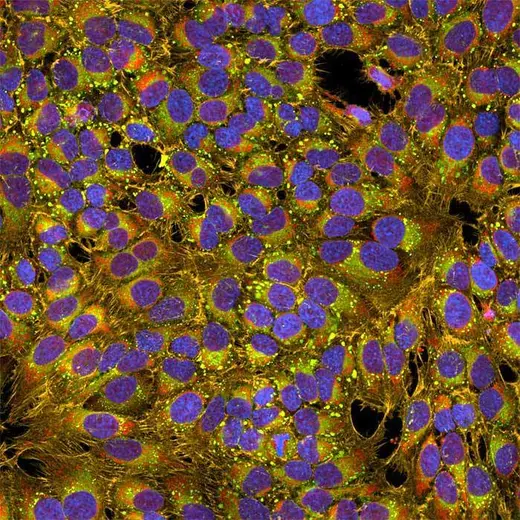
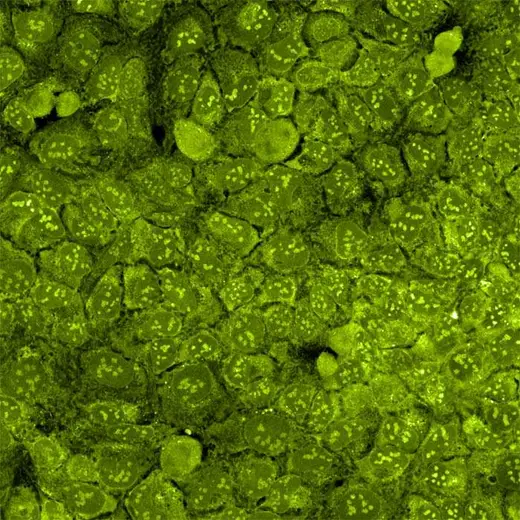
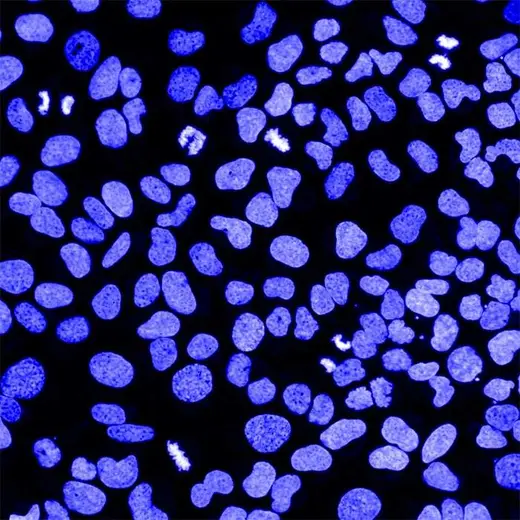
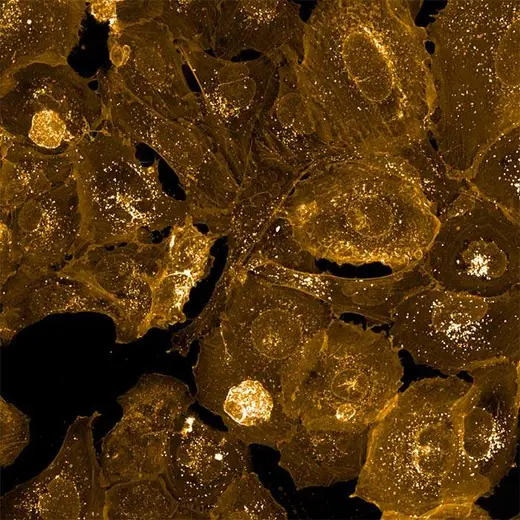
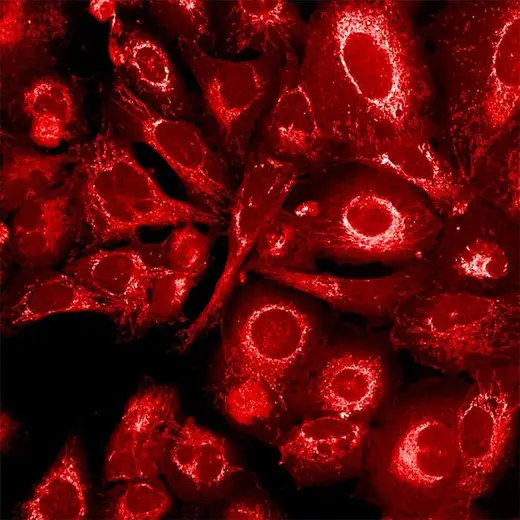








































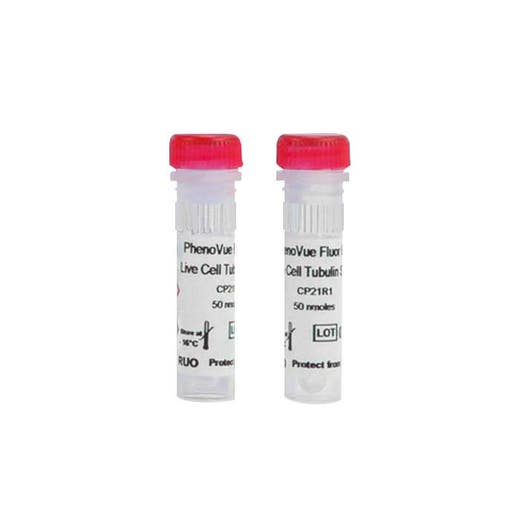
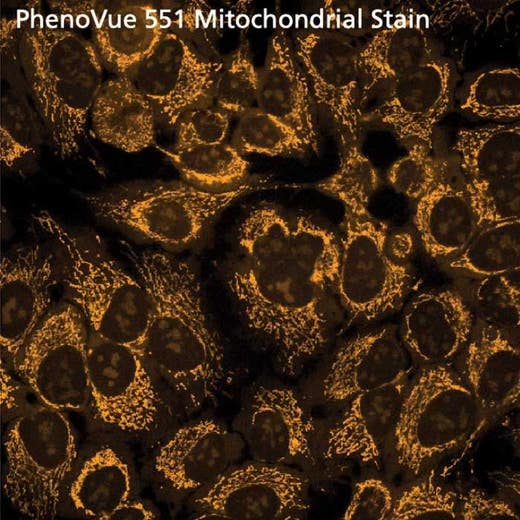
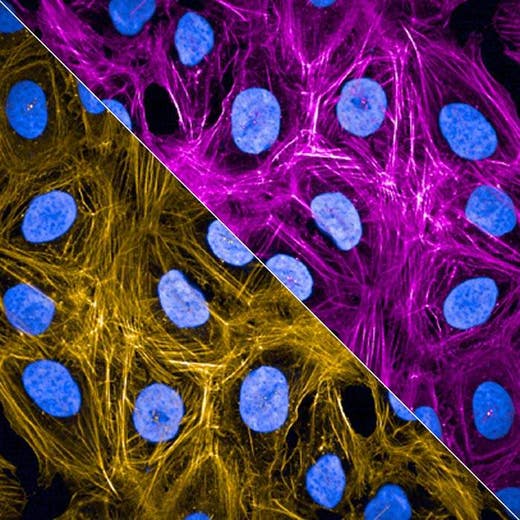
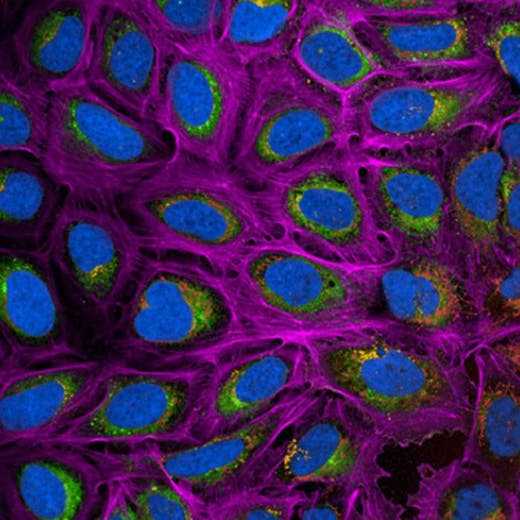
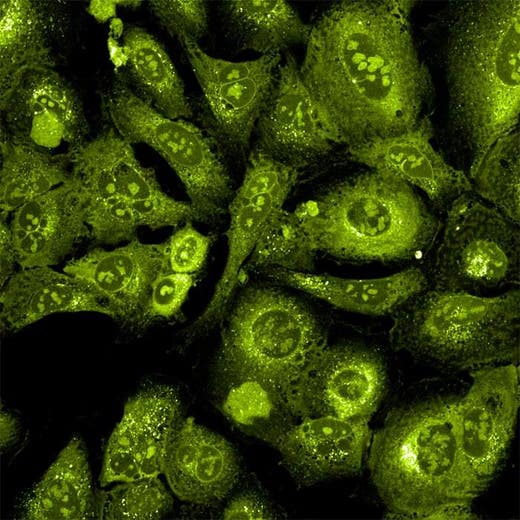
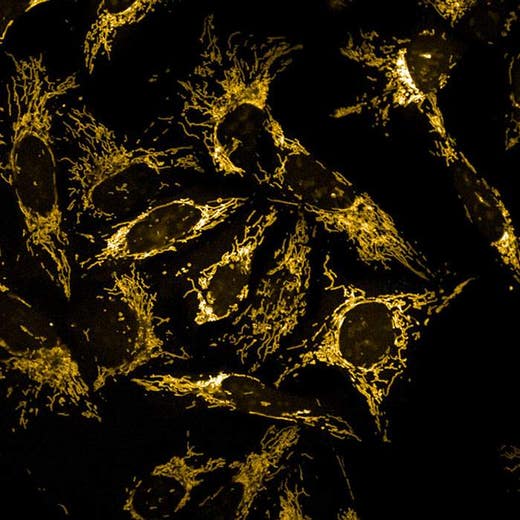
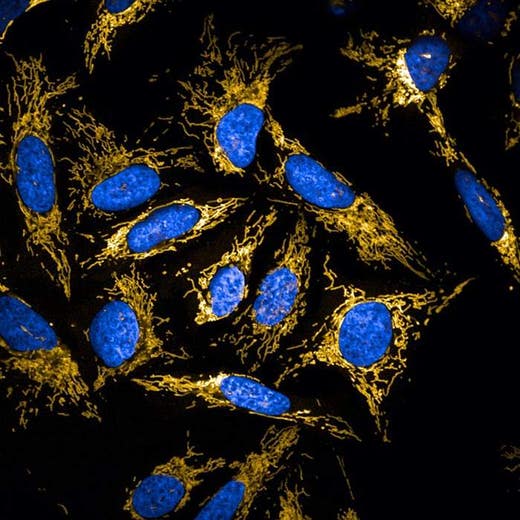
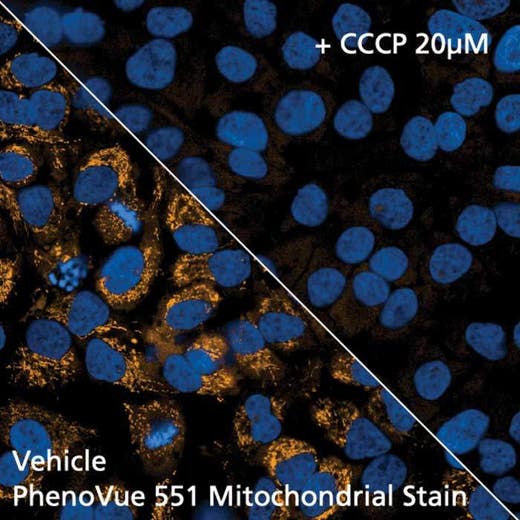
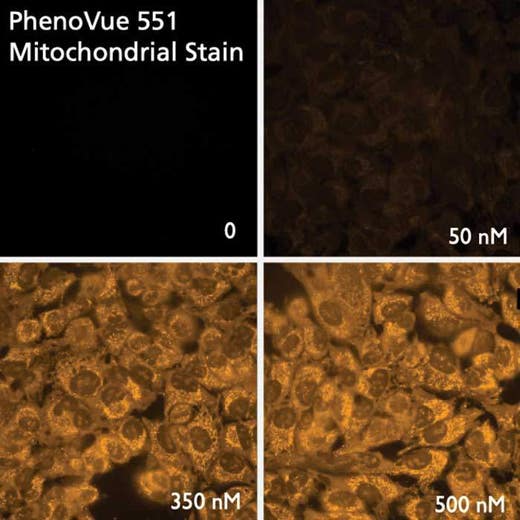
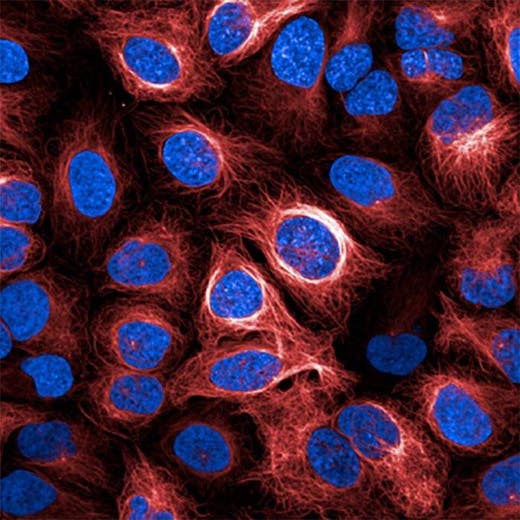
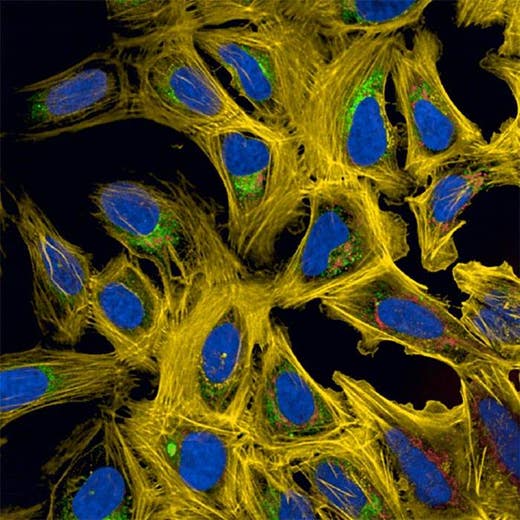
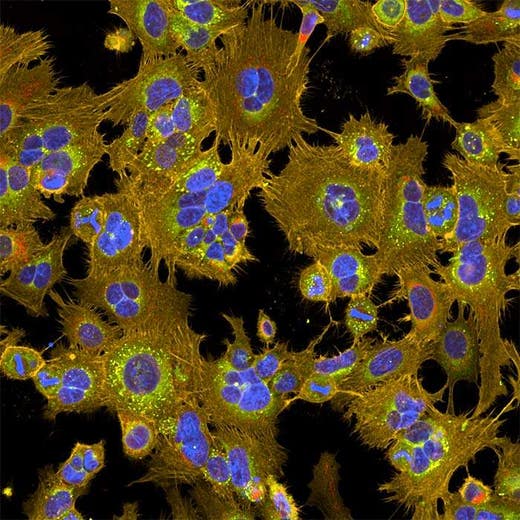
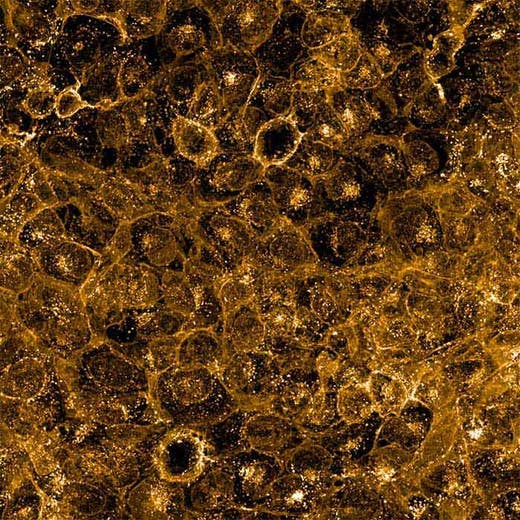
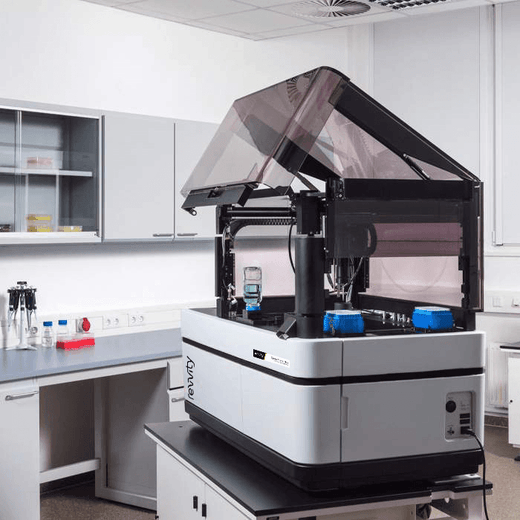
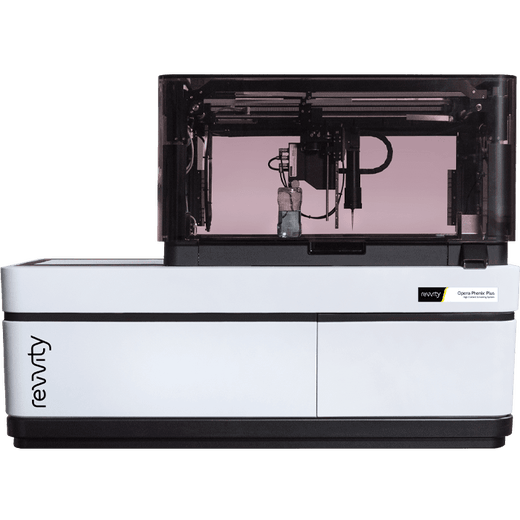
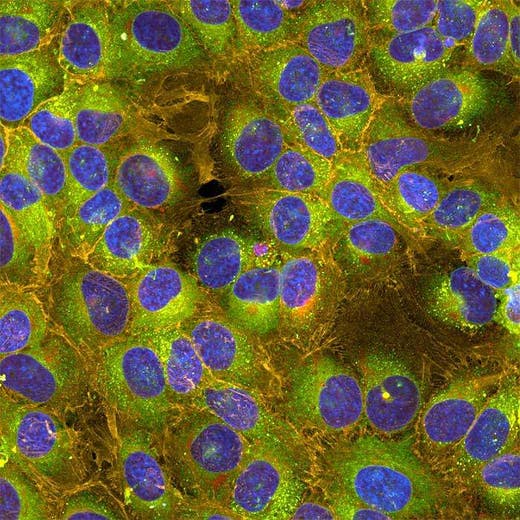
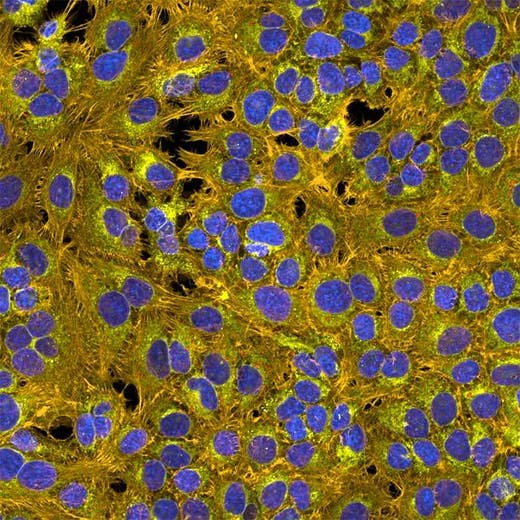
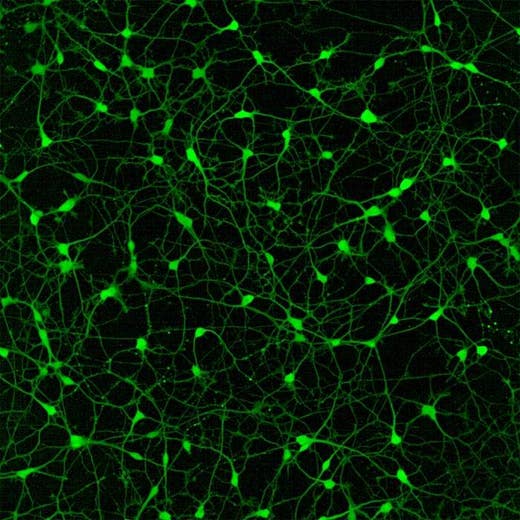
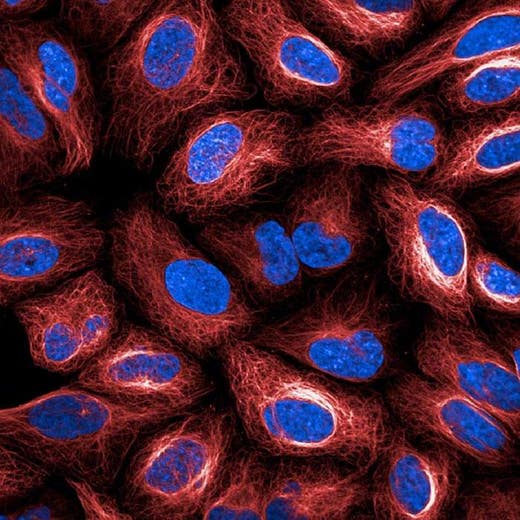
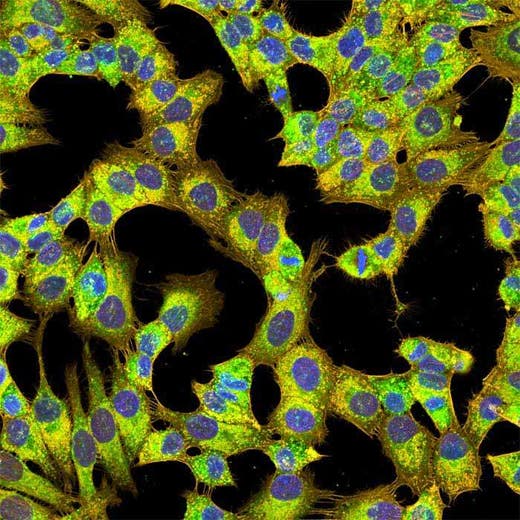
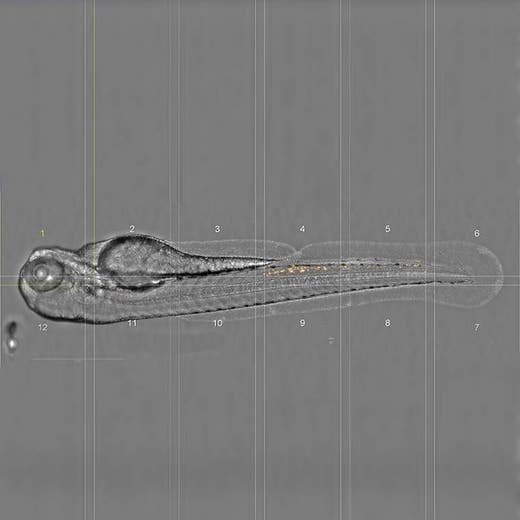
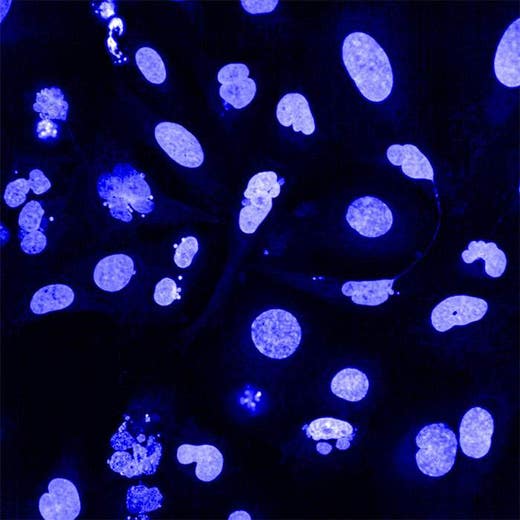
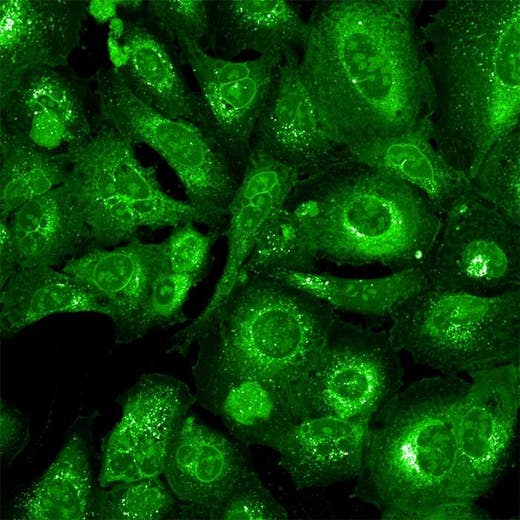
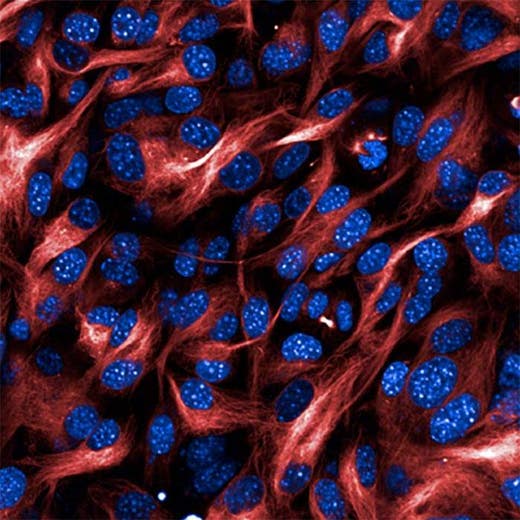
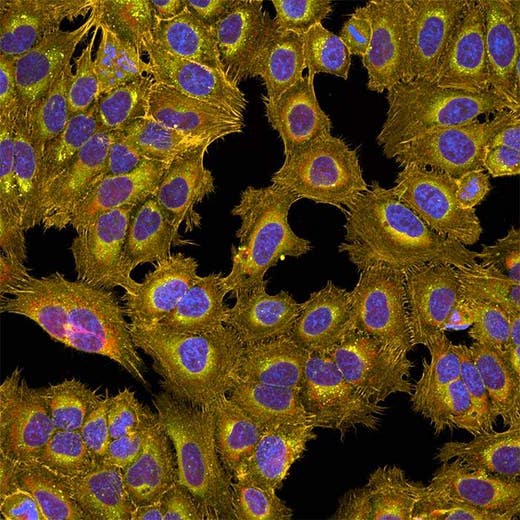
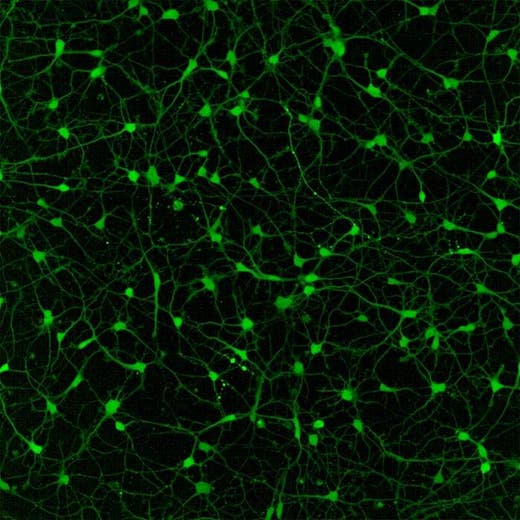
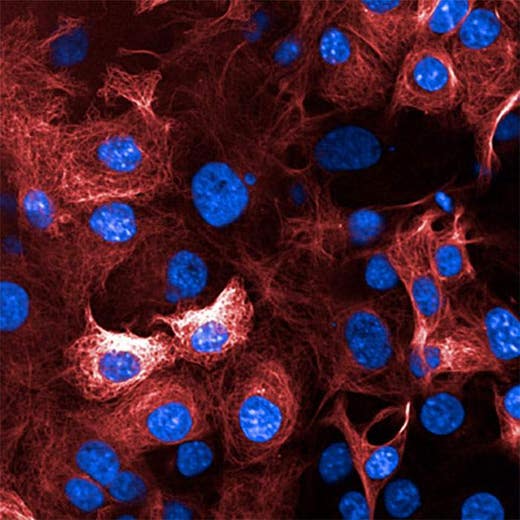
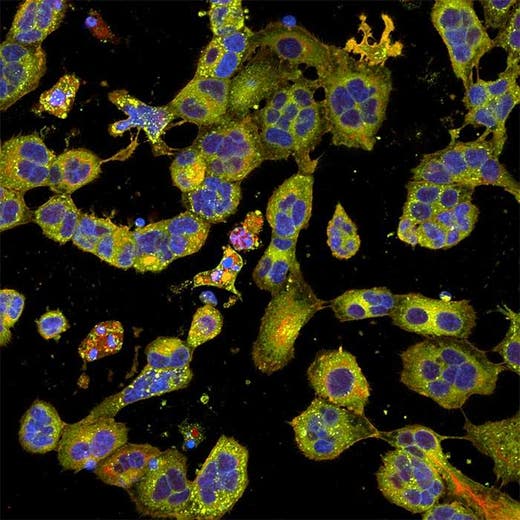
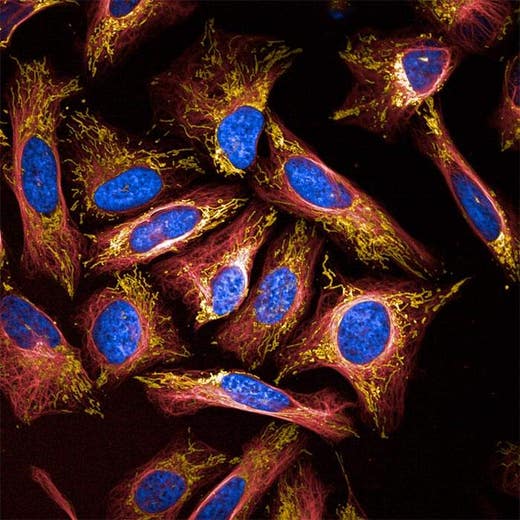
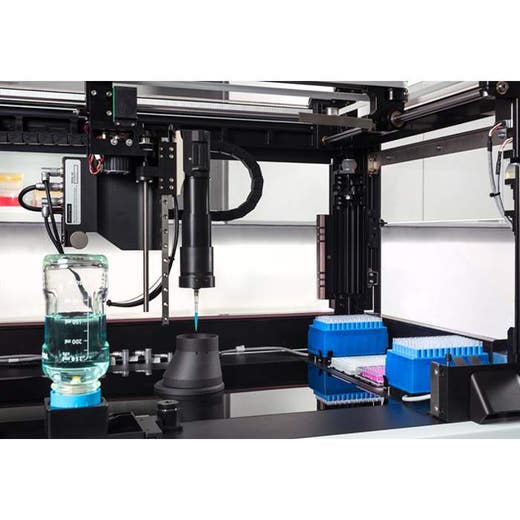
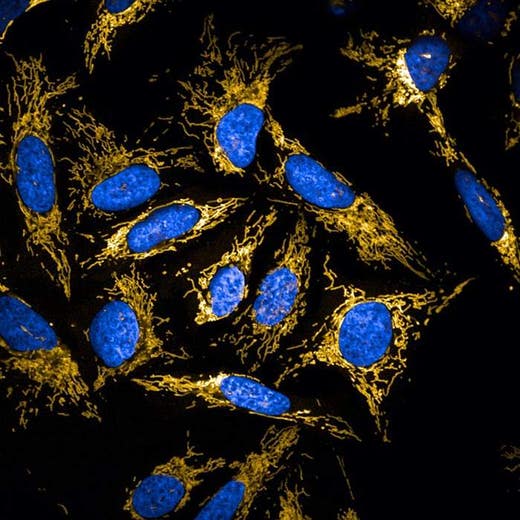
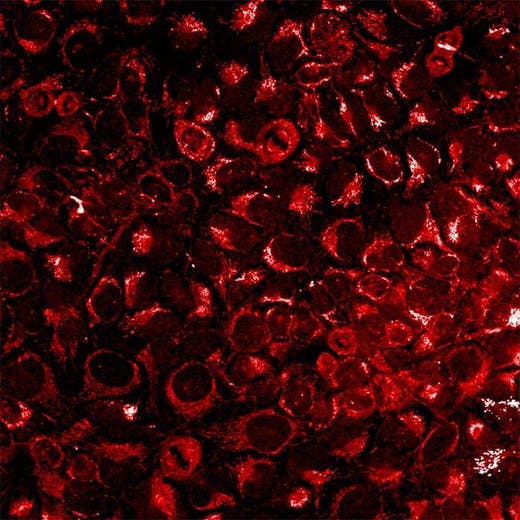
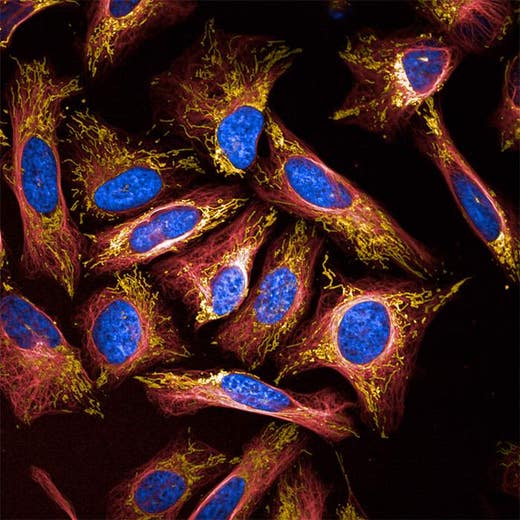
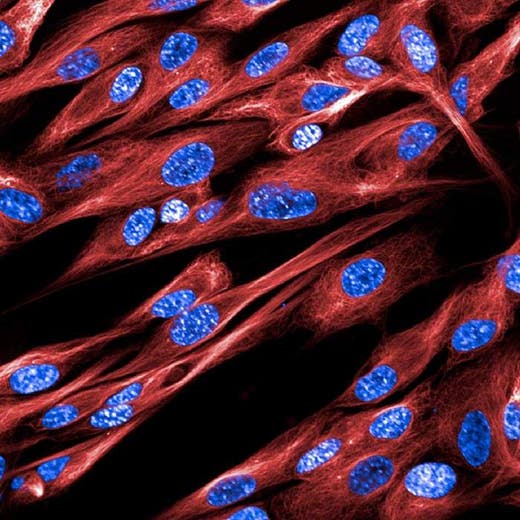
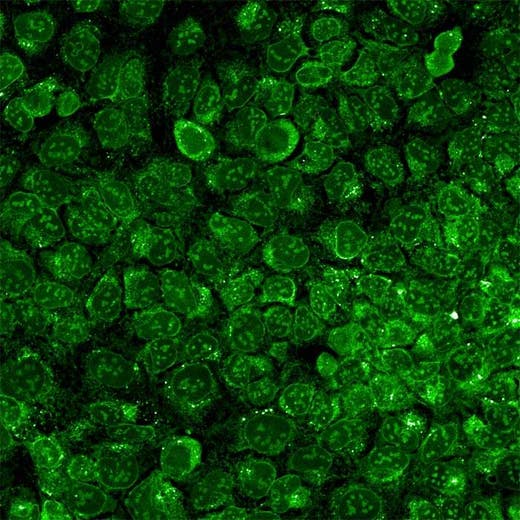
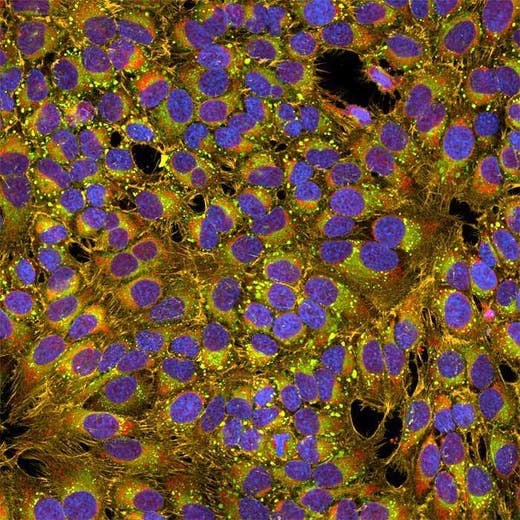
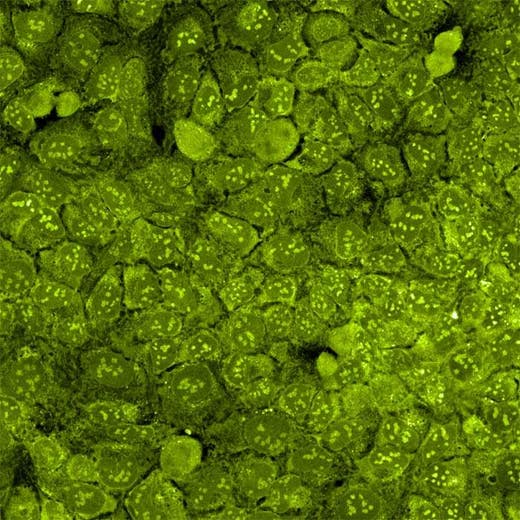
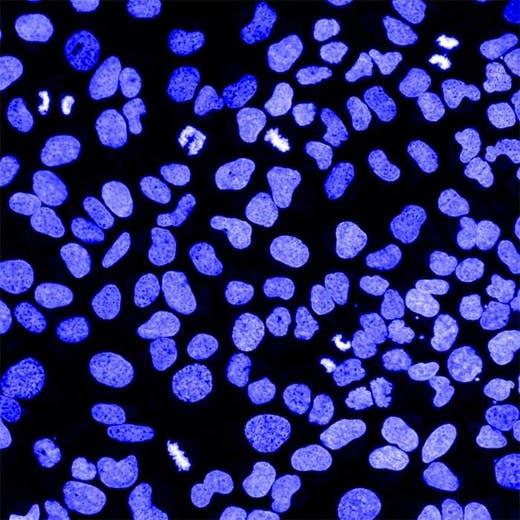
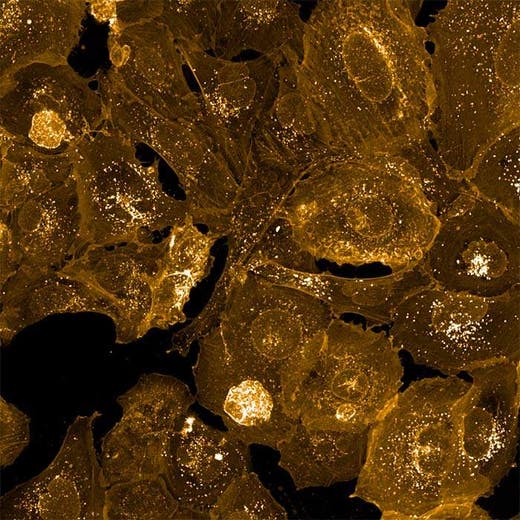
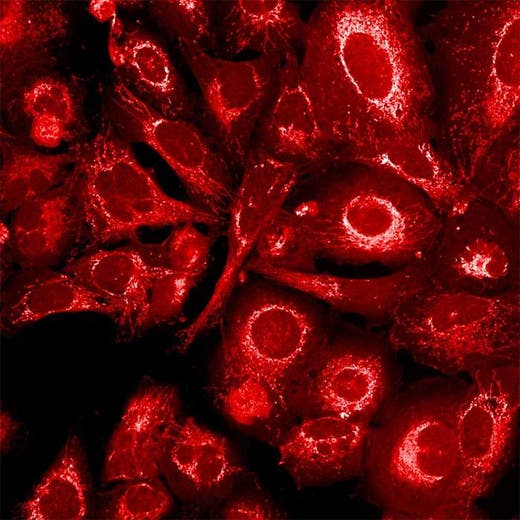








































PhenoVue™ Fluor 647 – Live Cell Tubulin Stain, is a cell permeable fluorogenic dye which specifically binds to polymerized tubulin and is part of Revvity’s portfolio of cellular imaging reagents. PhenoVue Fluor 647 – Live Cell Tubulin Stain can be used to visualize microtubules in live cells, exhibiting far red fluorescence, and is validated for use in imaging microscopy and high-content screening applications. It exhibits a maximum excitation wavelength at 650 nm and a maximum emission wavelength of 670 nm.
View our extensive validation data in the Product Information Sheet within the Resources tab below.
For research use only. Not for use in diagnostic procedures.
| Feature | Specification |
|---|---|
| Color | Red |
| Filter | Cy5 |
| Fluorophore | PhenoVue™ Fluor 647 |
| Organelle and Cell Compartment | Tubulin |
PhenoVue™ Fluor 647 – Live Cell Tubulin Stain, is a cell permeable fluorogenic dye which specifically binds to polymerized tubulin and is part of Revvity’s portfolio of cellular imaging reagents. PhenoVue Fluor 647 – Live Cell Tubulin Stain can be used to visualize microtubules in live cells, exhibiting far red fluorescence, and is validated for use in imaging microscopy and high-content screening applications. It exhibits a maximum excitation wavelength at 650 nm and a maximum emission wavelength of 670 nm.
View our extensive validation data in the Product Information Sheet within the Resources tab below.
For research use only. Not for use in diagnostic procedures.
















































































PhenoVue Fluor 647 - Live Cell Tubulin Stain
















































































PhenoVue Fluor 647 - Live Cell Tubulin Stain
















































































Product information
Overview
PhenoVue Fluor 647 Live Cell Tubulin Stain is a cell permeable fluorogenic dye which specifically binds to polymerized tubulin and can be used for microtubule cytoskeleton imaging in live cells.
PhenoVue Fluor 647 Live Cell Tubulin is a no-wash, sensitive, bright and photostable stain, which can be multiplexed with other blue, green, or orange cell permeable stains, such as PhenoVue Nuclear, Lysosomal or Mitochondrial stains.
Taxane derivatives, such as Paclitaxel and Docetaxel, which are commonly used in chemotherapy, inhibit microtubules depolymerization and cause cell cycle arrest. Like other tubulin stains derived from taxane, cytotoxicity and cell cycle impairment can be observed with long exposure time (>24h) at high concentration. This can be significantly limited at concentrations between 50 and 300 nM, while maintaining high brightness and image quality.
Depending on the cellular model, intracellular retention of PhenoVue Fluor 647 Live Cell Tubulin Stain can be further improved in the presence of efflux pump inhibitor, such as PhenoVue Probenecid, Ready to Use Solution.
Features:
- Numbers of Vials Per Unit: 2
- Quantity or Volume Per Vial: 50 nmoles
- Form: Dessicated
- Storage: -16 °C
- Recommended Working Concentration: 300 nM
- Maximum Excitation Wavelength: 650 nm
- Maximum Emission Wavelength: 670 nm
- Common Filter Set: Cy5
- Live Cell Staining: Yes
- Fixed Cell Staining: No
- Equivalent Number of Microplates:
- 5 to 17 x 96-well microplates
- 5 to 17 x 384-well microplates
- 9 to 27 x 1536-well microplates
Specifications
| Color |
Red
|
|---|---|
| Form |
Desiccated
|
| Maximum Emission Wavelength (Emmax) |
670 nm
|
| Maximum Excitation Wavelength (Exmax) |
650 nm
|
| Application |
High Content Imaging
Microscopy
|
|---|---|
| Brand |
PhenoVue™
|
| Detection Modality |
Fluorescence
|
| Filter |
Cy5
|
| Fluorophore |
PhenoVue™ Fluor 647
|
| Organelle and Cell Compartment |
Tubulin
|
| Quantity |
2 x 50 nmol
|
| Sample Type |
Live samples only
|
| Shipping Conditions |
Shipped in Dry Ice
|
| Storage Conditions |
-16 °C or below, protected from light
|
| Type |
Individual Reagent
|
Image gallery
















































































PhenoVue Fluor 647 - Live Cell Tubulin Stain
















































































PhenoVue Fluor 647 - Live Cell Tubulin Stain
















































































Spectra Viewer
Resources
Are you looking for resources, click on the resource type to explore further.


How can we help you?
We are here to answer your questions.






























